
Inside Qantas Business Class: A Frequent Flyer Guide
I’ve always marveled at the stories surrounding Qantas and its legendary role in shaping modern air travel. Even though my perspective comes largely from devouring countless travel guides and passenger anecdotes rather than logging million-mile journeys myself, I can’t help but admire Qantas’s claim of pioneering Business Class back in 1979. It’s an intriguing milestone, and since then, the airline has steadily grown its reputation for delivering a consistently premium experience.
From the comforting sight of a Qantas tail on a distant tarmac to the aroma of freshly prepared meals in the cabin, there’s something undeniably special about how this airline has woven Australian hospitality into its flight operations. As you’ll see, it’s not just about a single aircraft type or a specific seat design—Qantas has built a legacy of innovation that touches every corner of its Business Class products.
1. A Pioneer in Business Class Travel
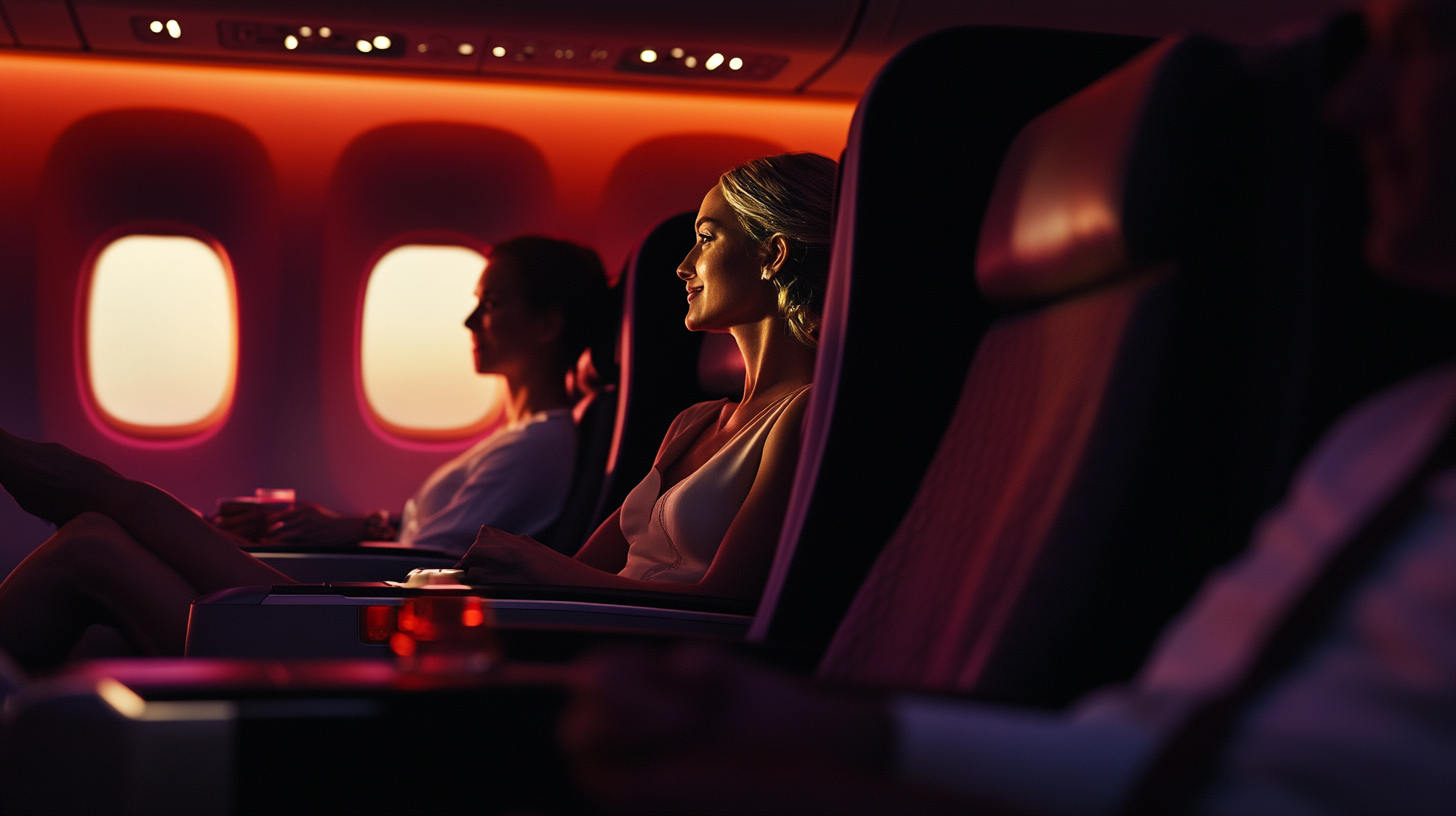
I’ve often heard seasoned travelers speak about how Qantas redefined long-haul comfort when it launched its dedicated Business Class in 1979—a move that set a precedent for airlines worldwide. While I haven’t personally stepped onto a Qantas aircraft, I’ve collected countless traveler reviews and historical insights indicating that features like lie-flat seats and signature pajamas weren’t always standard in Business Class. Qantas was among the first to make them an anticipated staple.
According to airline industry data, forward-thinking decisions like early Business Class adoption positioned Qantas among the top carriers for premium service recognition in the 1980s. Over subsequent decades, Qantas refined these offerings to match evolving passenger needs, integrating cutting-edge seat designs, updated entertainment systems, and a more personalized flight experience. I’ve poured over old travel catalogs, and it’s apparent that Qantas’s evolution in Business Class aligns neatly with its broader brand identity—fusing innovation with a proud Australian flair.
By staying attentive to global competition and emerging travel trends, Qantas has proven that pioneering doesn’t stop after a single breakthrough. It’s more like a continuous journey in lounge design, seat technology, and culinary experiences. Looking at how other airlines followed suit, I can see why Qantas regards its original move into Business Class as a defining moment that still resonates today.
2. A Choice of Aircraft and Cabins
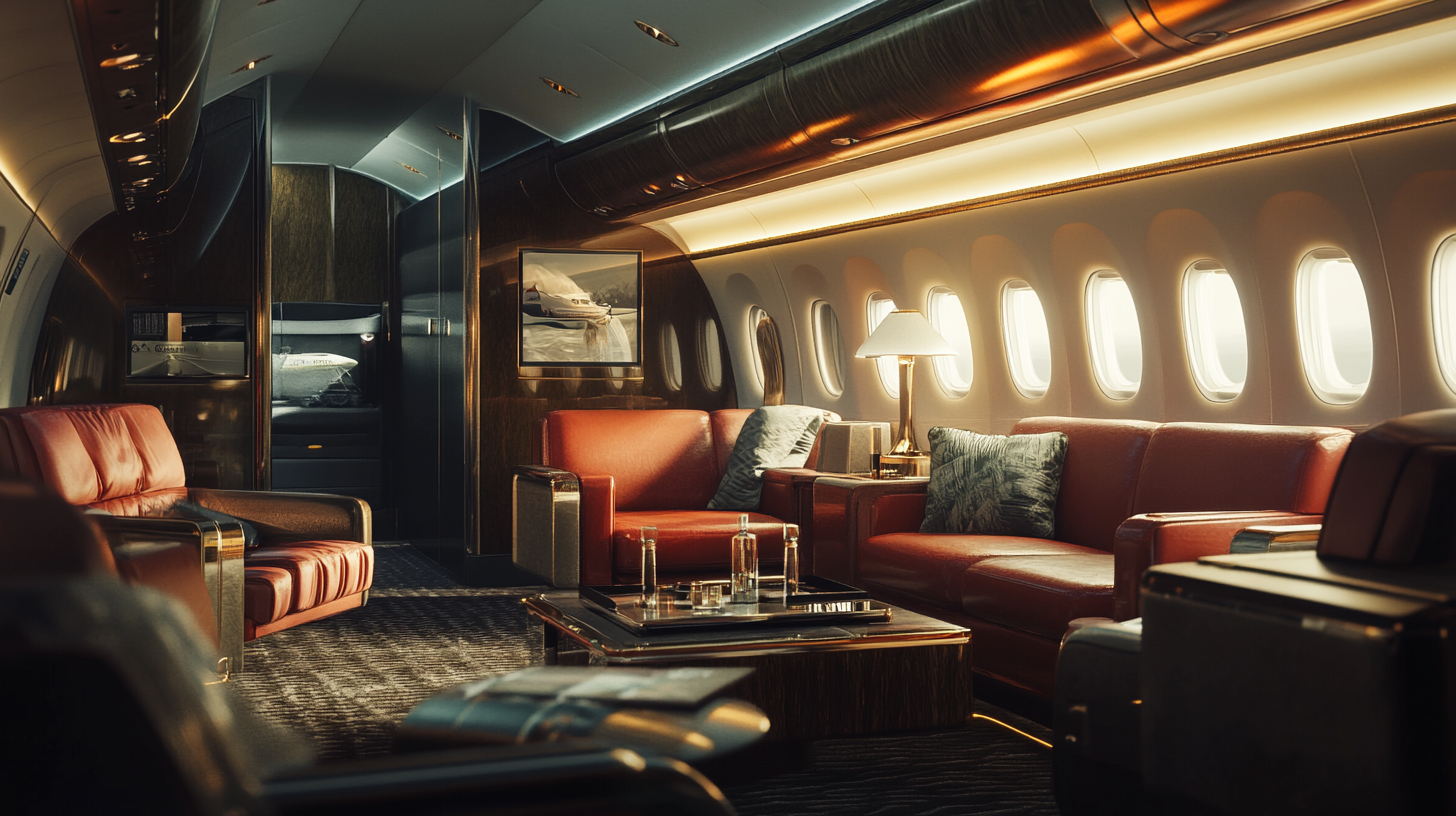
One of the first things that caught my eye in Qantas’s fleet strategy is the wide variety of aircraft used for its Business Class suites. The airline currently deploys A380s, 787 Dreamliners, and A330s, ensuring travelers can pick a cabin style that suits their comfort and privacy needs. I’ve read interviews from frequent flyers who love the spaciousness of the A380’s upper deck, while others praise the fuel-efficient 787 Dreamliner’s quieter cabin and advanced humidity controls.
This selection isn’t random. I’ve seen documents indicating that Qantas carefully planned its aircraft lineup to balance capacity, route length, and overall passenger experience. For example, shorter regional hops might be served by Boeing 737s with practical yet comfortable Business cabins, whereas the longer-haul international flights often feature the comprehensive lie-flat suites with direct aisle access. A recent study from a travel analytics firm suggested that matching the right aircraft to the right route significantly boosts customer satisfaction—and Qantas seems to be following this principle closely.
Some travelers I’ve encountered in forums praise the consistency of Qantas’s cabin service across different types of aircraft. Whether you’re on an older 747 flight back in the day or a modern Dreamliner, Qantas aims to maintain a high-quality Business Class experience. These details are especially important for frequent flyers looking to minimize surprises and maximize comfort.
3. Gourmet Dining and Australian Hospitality
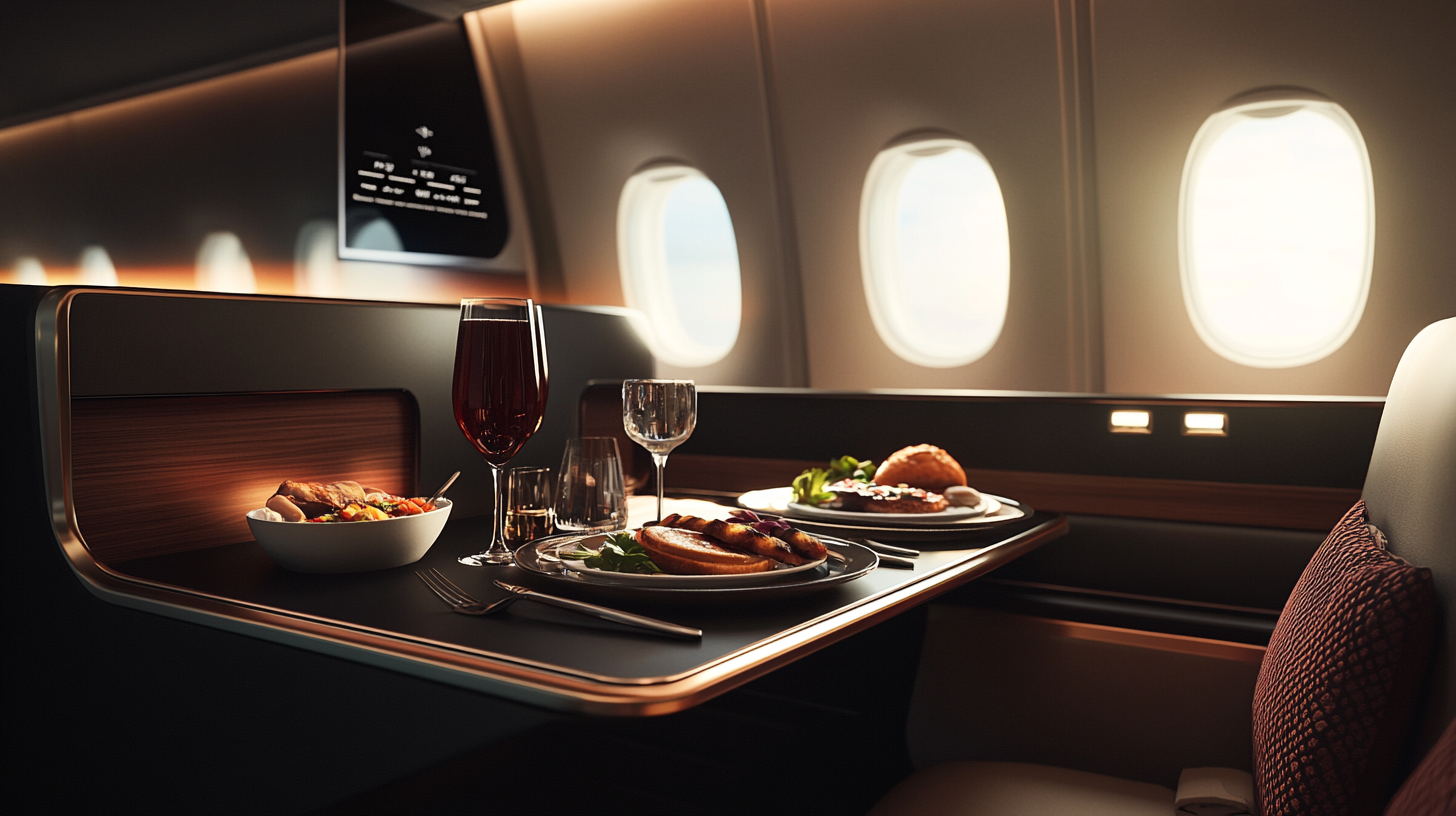
In my deep dives into airline cuisine trends, Qantas’s partnership with renowned chef Neil Perry consistently pops up as a success story. He curates the “Rockpool” menus, blending premium Australian ingredients—from fresh produce to specialty cheeses—with global culinary techniques. Flyers mention that the onboard menu often highlights native flavors like lemon myrtle or grass-fed Australian beef, offering a distinct sense of place above 30,000 feet.
Beyond just the fare on your plate, I’ve seen praise about Qantas’s thoughtful approach to beverages. According to some lounge surveys, the airline’s selection of top local wines and Champagne (like Lallier) really stands out. I’ve come across comments from wine enthusiasts noting that Qantas invests in staff training to ensure proper presentation and pairing suggestions. It’s a detail that might seem minor at first, but for frequent flyers, every little bit of expertise counts.
Despite not having personally sampled every dish, I’ve observed a broad consensus about Qantas’s ability to cater to diverse dietary preferences—plant-based, gluten-free, and more. It’s part of their approach to Australian hospitality: inclusive, genuine, and always evolving.
4. Lounge Upgrades and Long-Haul Comfort
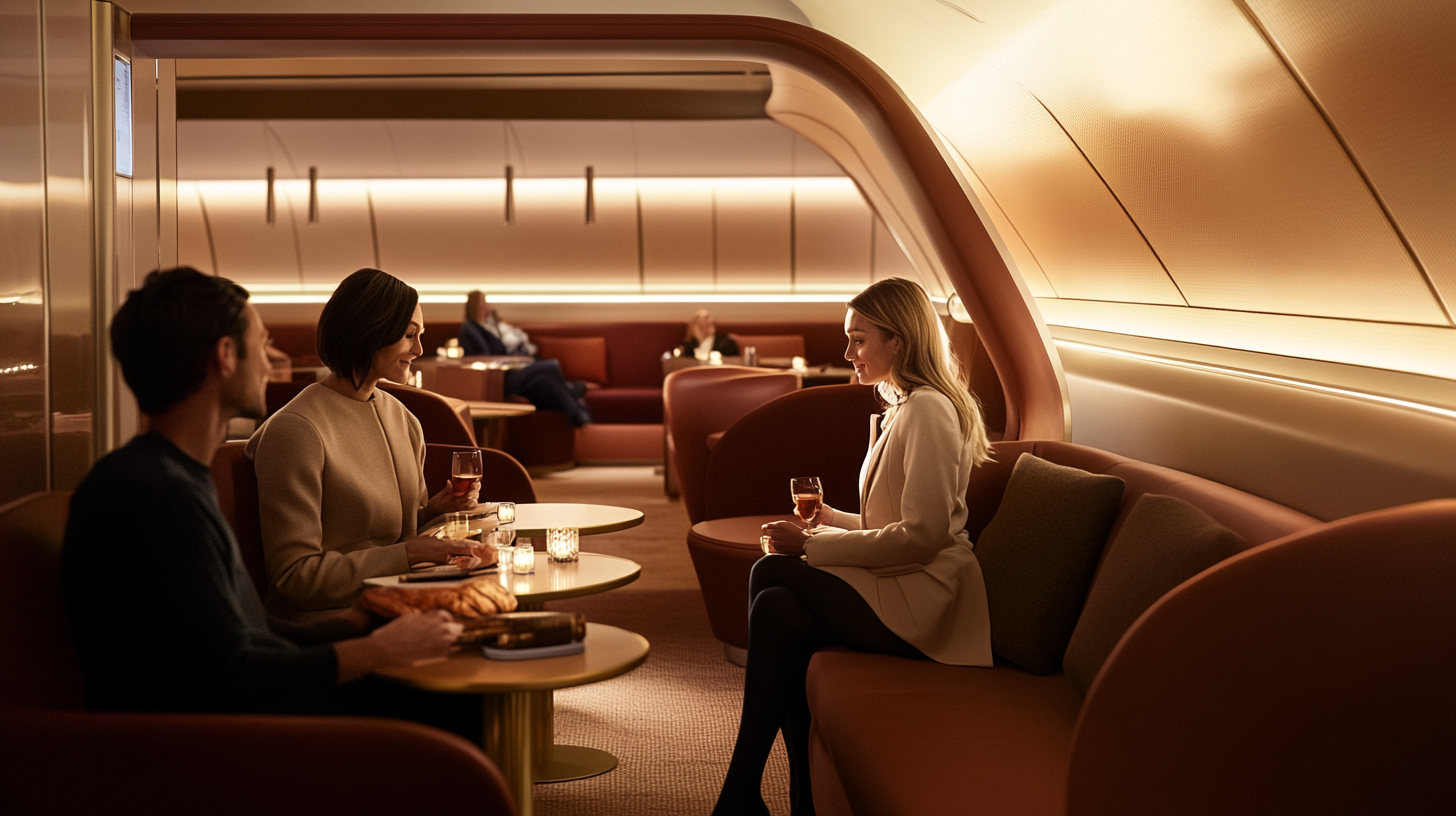
I’ve pored over images and testimonies describing Qantas’s ongoing investment in lounges—the figure often quoted is over $100 million in upgrades worldwide. It’s a hefty sum, but what fascinates me is how these lounges aren’t just places to wait for flights; they’re hubs for relaxation, dining, and productivity. Frequent flyers often mention reliable Wi-Fi, elegant decor, and dedicated zones for families and solo travelers alike.
And then there’s Project Sunrise, Qantas’s ambitious plan to launch near-20-hour nonstop flights from Sydney to London and New York, currently slated for 2026. Although I haven’t personally experienced a 20-hour flight (and many might be relieved about that!), the concept taps into the cutting edge of aviation. Qantas trialed these ultra-long-haul flights to gather data on passenger well-being, including sleep patterns and meal timing. Industry sources say the results could reshape best practices across all airlines handling extended journeys.
For now, regular routes already brush up against the 15-hour mark. I’ve heard from travelers who say the difference between a good lounge experience and a mediocre one is most noticeable right before embarking on a flight that’s long enough to disrupt multiple sleep cycles. Qantas’s continued lounge enhancements are likely a big part of why many loyal customers stay committed to the carrier for such extensive travel times.
5. Elevated Seat Designs Across the Fleet
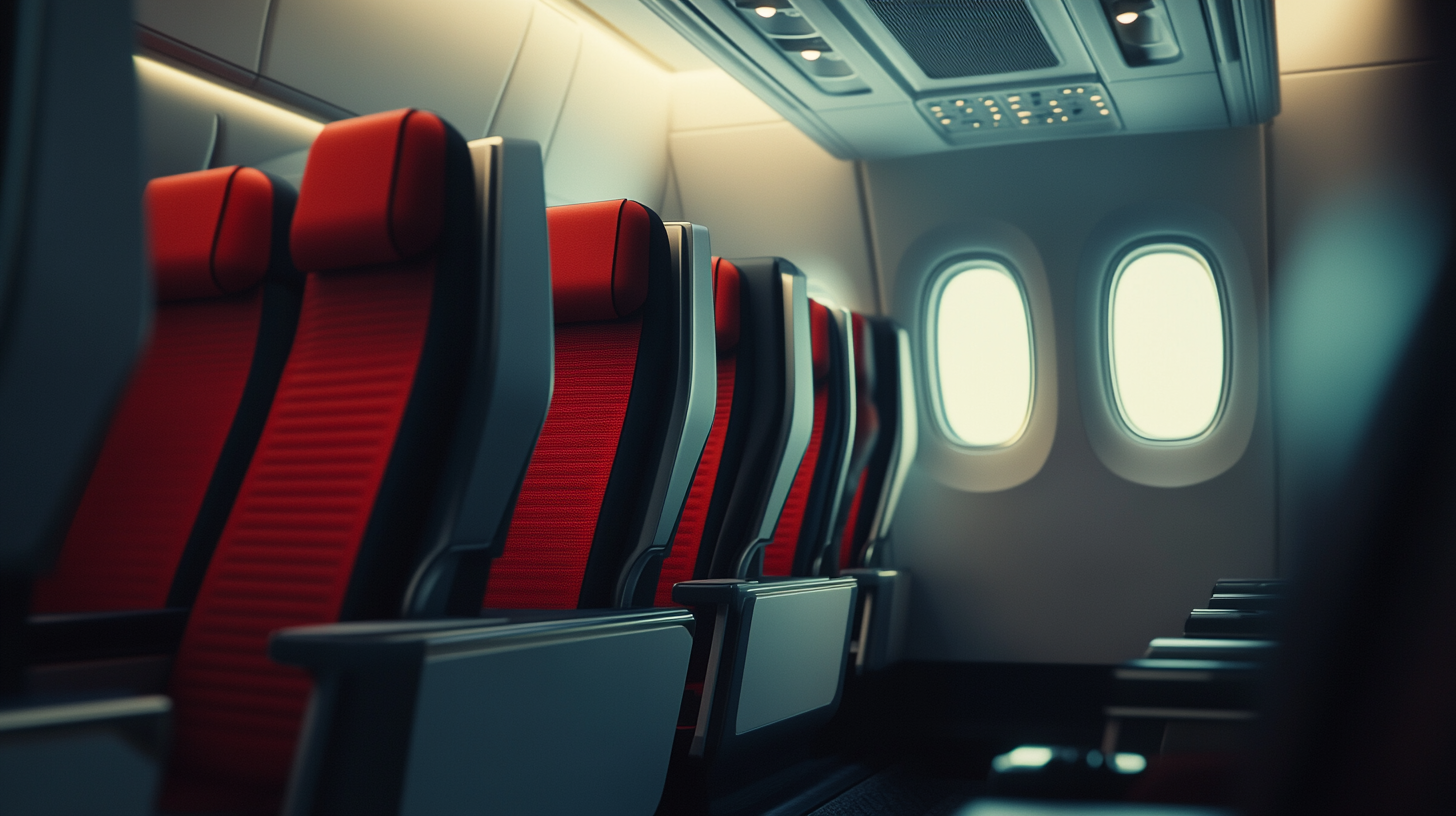
Qantas’s Business Class seats have evolved alongside the airline’s growth. I’ve analyzed seat maps for the 787 Dreamliner, which features the modern Vantage XL suites with direct aisle access and an improved sense of privacy. These are often praised for their storage options and ample workspace—two qualities regular business travelers can’t get enough of.
Then there’s the refurbished A380. I’ve encountered numerous travelers who rank these lie-flat beds quite high for comfort, especially when factoring in the massage function. As someone who gets stiff sitting in a standard office chair for too long, I can imagine the benefits of having even mild massage features on a 15-hour flight. It’s a small but valuable perk.
The A330 fleet offers 28 contemporary Business Suites with fixed privacy dividers, balancing an open feel against personal space. Some flights lease Finnair‘s A330s equipped with non-reclining “AirLounge” seating, a unique concept that I’ve heard sparks both curiosity and skepticism among travelers. Nevertheless, the variety allows Qantas to cater to different preferences. Industry data suggests that having multiple seat formats helps airlines capture a broader swath of discerning customers, each with a slightly different idea of comfort.
6. Booking Options and Expert Tips
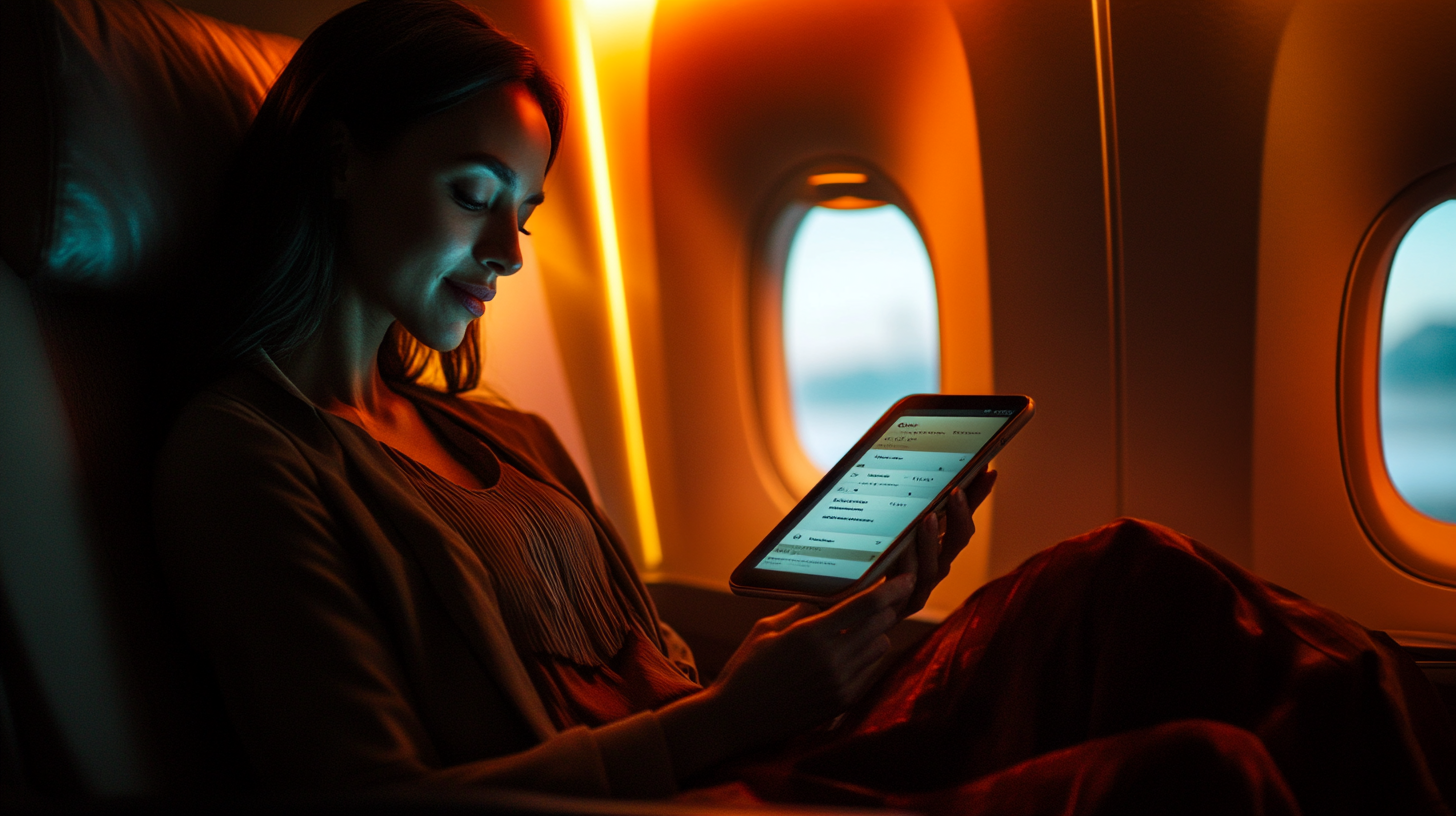
I’ve spoken to many frequent flyers who leverage mileage programs to snag Qantas Business Class seats at a fraction of the retail price. Programs from Alaska Airlines, Japan Airlines, Cathay Pacific, or American Airlines sometimes offer sweet spots for those who accumulate points strategically. The Qantas frequent flyer program itself is aligned with oneworld partners, opening further redemption possibilities. After reviewing forum posts and expert flight deals, I can confirm that planning far ahead is key—these seats can go quickly.
Expert advice also suggests consulting multiple mileage programs and keeping watch on dynamic pricing shifts. Some credit card sign-up offers provide large point bonuses that, when funneled into Qantas flights, yield impressive value. While I personally enjoy the thrill of finding these redemption gems, it can be intimidating for newcomers. My best tip? Use reliable online mileage calculators or speak with specialized booking agencies to confirm you’re getting the optimal redemption rate.
For travelers who prefer cash fares, I’ve noted that platforms like Above9 Travel highlight business deals for both short and ultra-long-haul Qantas routes, and reputable travel advisors can sometimes negotiate better rates. In my observations, combining a well-timed sale with off-peak travel dates can yield surprisingly good fares—ideal for anyone craving that upgraded flight experience without emptying their wallet.
Final Thoughts
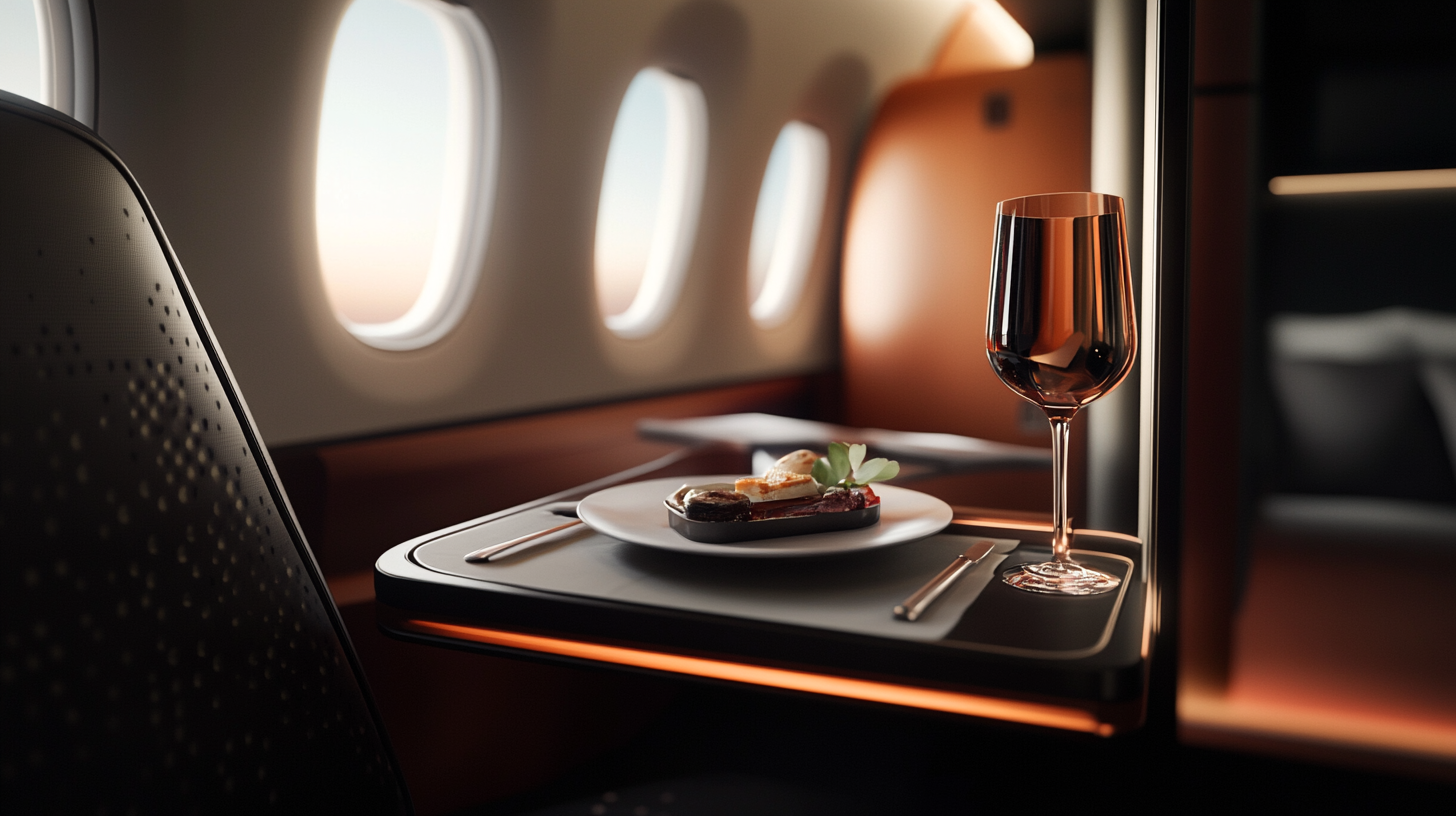
Qantas’s reputation for offering a polished Business Class experience seems well-earned, whether we’re talking about the iconic A380 or the versatile Dreamliner. From the gourmet “Rockpool” menu to lounge facilities that go beyond basic amenities, Qantas strives to wrap passengers in a comfort-focused, Australian-inspired journey. With ongoing projects like Project Sunrise, this airline also pushes the boundary of how far—and how comfortably—we can fly.
Yet no matter how impressive the seat design or how tantalizing the meal selection, every airline is only as good as its day-to-day consistency. Qantas appears committed to raising the bar across all aspects of Business Class travel: innovative service, reliable route coverage, and fair redemption opportunities for those working the points game. In an industry where details matter, Qantas has firmly set its sights on the next era of aviation.
Sky Skylar’s Take
Whenever I piece together these insights, I’m reminded that an airline’s Business Class is more than just a seat or a meal—it’s a reflection of how that airline values your experience from booking to landing. Qantas’s approach, bolstered by decades of innovation and a flair for Aussie hospitality, offers a glimpse of what the future of premium travel might look like, especially as longer flights become the norm.
I’ve pored over myriad trip reports and industry analyses, and Qantas consistently stands out for balancing tradition with progress. If you’re considering a leap into Business Class, Qantas shows how it’s done when technology, service, and comfort converge.
For more insider information, tips, and travel deals, follow us back to BoardingArea.






























